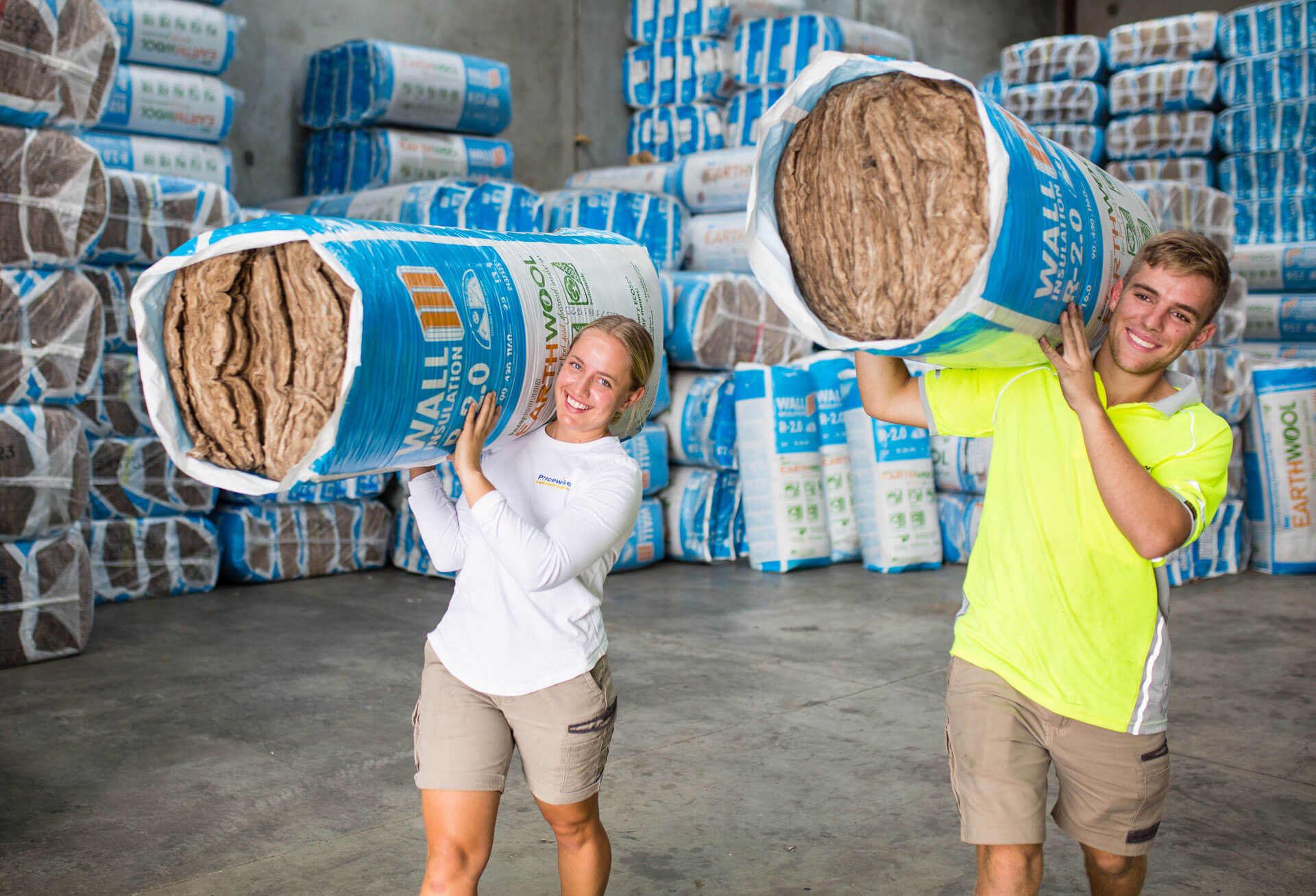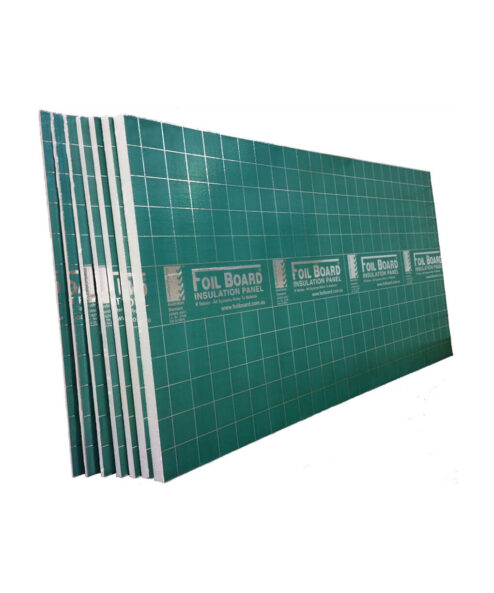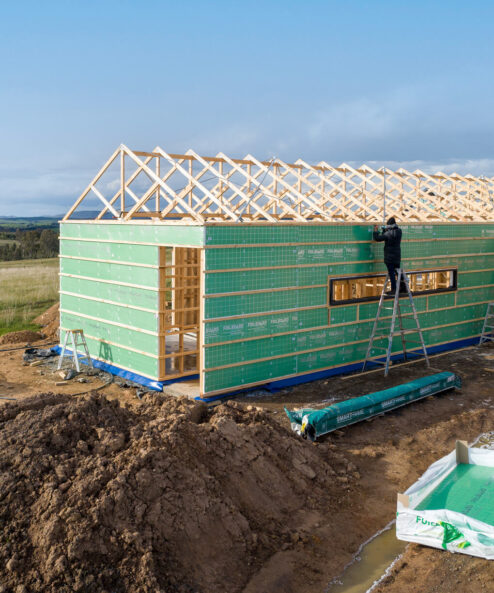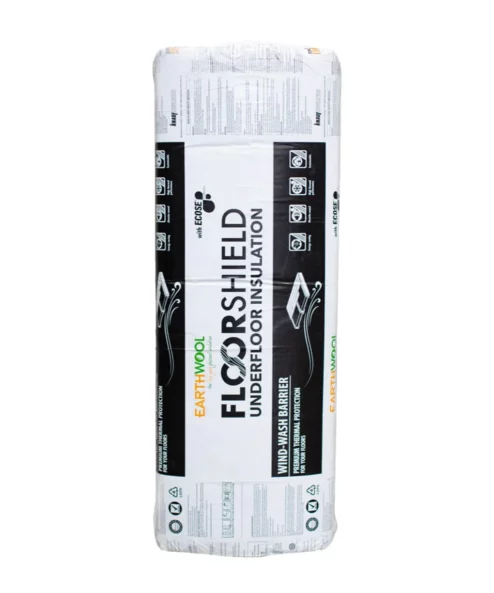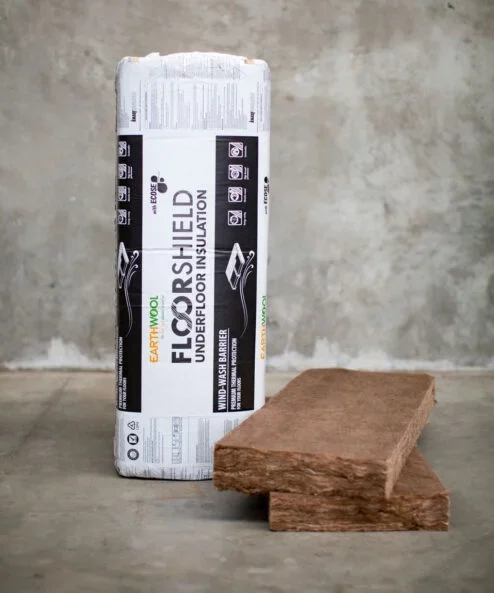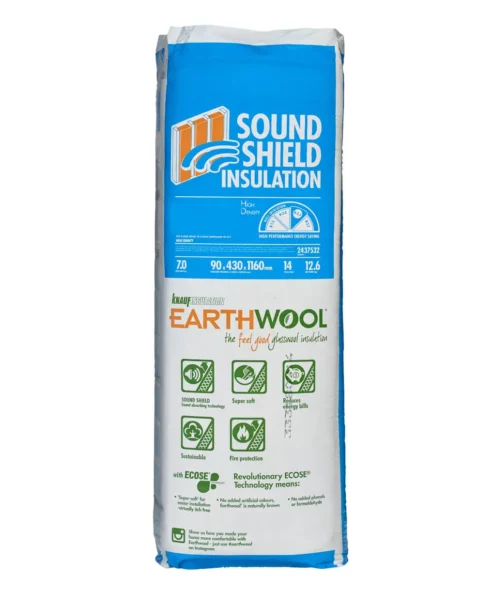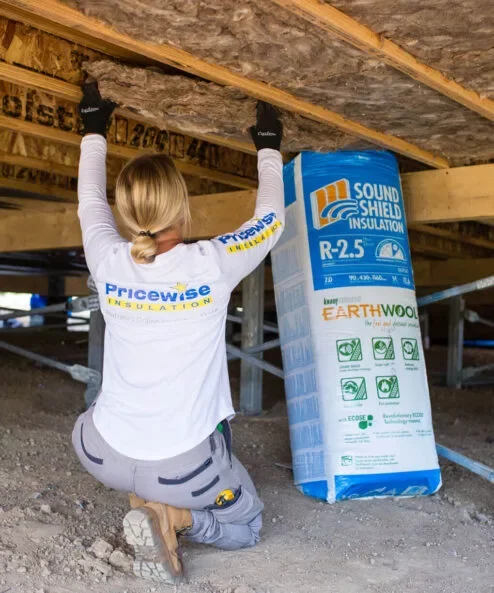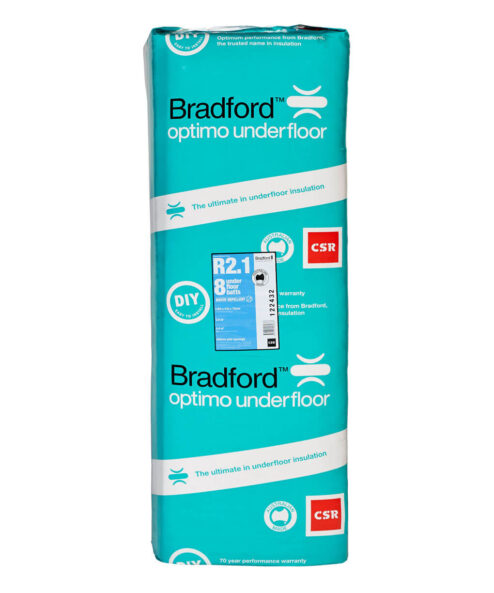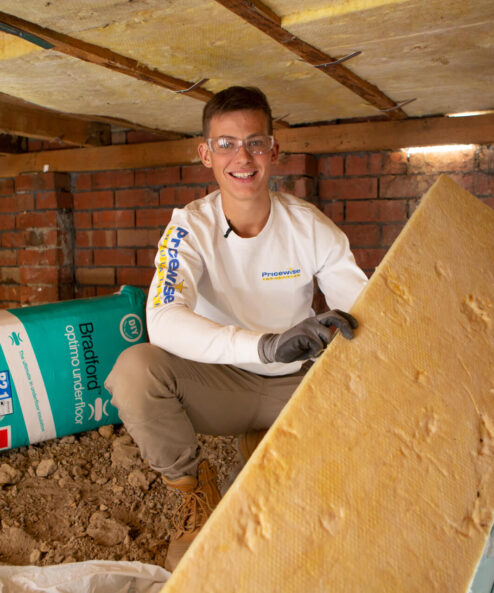Insulation Tips
How to Remove and Dispose of Old Insulation Safely
Why is safe insulation disposal so important?
Disposing of old insulation is important for you and your family’s health, but also the environment. Insulation can be made from a variety of materials, such as recycled glass, polyester or even crushed rock. For example, Knauf Earthwool insulation batts are made from recycled glass bottles using advanced ECOSE Technology. Their batts are bonded using a sustainable, bio-based binder instead of petroleum-based chemicals. This gives Knauf’s products their signature softness and itch-free handling – something DIY experts are very happy about. However, your insulation from 70 years ago is not going to be so easy on the skin or nose. Insulation, especially when exposed to rot, or other contamination can become dangerous. Many older homes are fitted with insulation made from synthetic mineral fibres (SMFs) which can cause severe irritation to the skin and can even cause severe damage to the lungs if breathed in. Because the fibres are so small (many are so small you can’t see them), it can be difficult to know exactly where they’ve spread unless you keep up good safety standards during installation, removal and disposal. Proper removal and disposal of insulation are therefore very important.Got leftover insulation? Here’s what to do
This is a unique opportunity to use that extra material to double-coat some of those high-risk areas like your attic or basement ceiling. After all, the thicker your coat, the better your insulation will work keeping your home cooler in summer and warmer in winter. If you think you’ve exhausted all possible ways of using up extra batts, then read our insulation disposal guide below.Know when to remove your insulation
Insulation is a highly durable material. Under normal circumstances, you can expect any modern batt insulation to last anywhere between 50 and 70 years. That being said, some older types may be in need of replacement given their inferior quality. If you notice that your home is poorly insulated and easily becomes cold during the winter and too hot during summer, that’s usually a sign that new insulation is due. Learn more about insulation expiry dates by reading our blog “Does Insulation Have an Expiry?”.How to safely remove old insulation
Removing old insulation or household hazardous waste that’s been trapped in walls, ceilings and floors after many years can be a demanding task. And while it’s perfectly possible to go full DIY on this, if you don’t feel comfortable, it’s a good idea to get the experts on board. If you have any questions about how to remove or dispose of old insulation materials, contact our team here at Pricewise at 1300 729639.Insulation disposal guide
Disposing of insulation can be a delicate and difficult task, but with the right tools and enough time, the job can easily be done and new insulation installed without a hassle. Here’s how to get the job done right.1. Plan ahead for your removal and disposal
Removing insulations can be a physically demanding project, therefore a bit of forward planning will help to make the process run more smoothly.- Gather the right amount of empty insulation bags ready to store the old insulation batts as they’re pulled from your framing.
- Make sure you have all the necessary tools needed before you commence. For insulation underneath the siding, you’ll need to consider where to store your siding while you dismantle your insulation.
- Map out where you’ll start, and where you’ll end, taking note of key obstructions like air conditioning ducts, electrical and gas plumbing, skylights and so on.
- Give the local tip or recycling facilities a call to check whether they recycle old insulation. Some disposal sites require you to book in advance and agree to certain conditions regarding the state and contents of the material, so be prepared.



